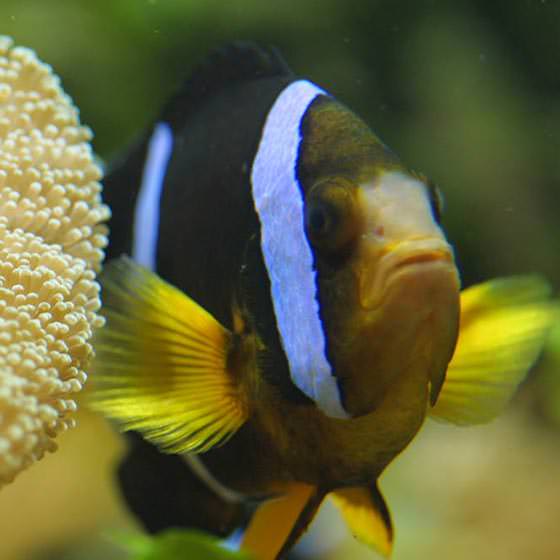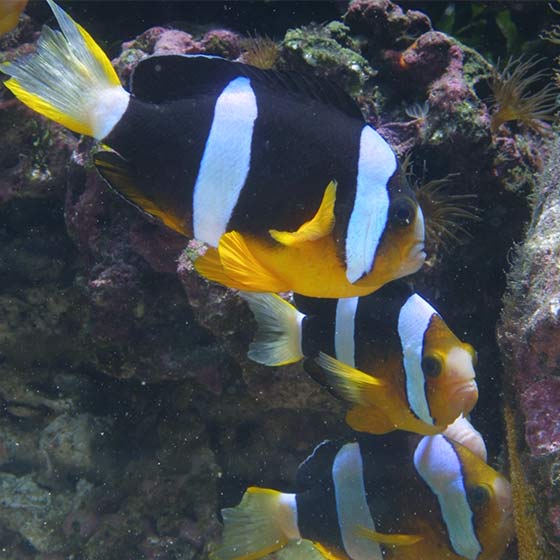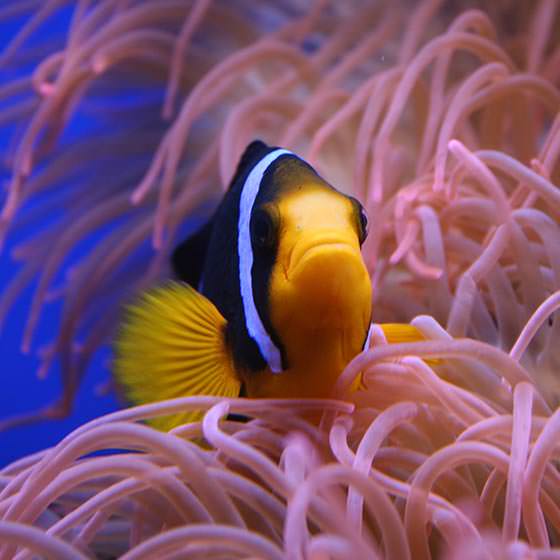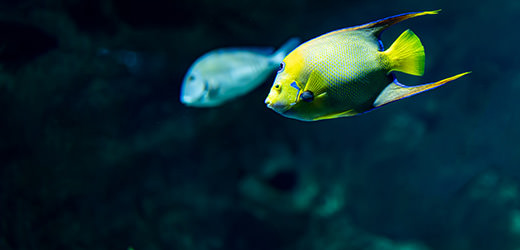Biology
They live in communities led by a dominant couple.
All of them are born male and, as they grow, some of them will change sexes. When the dominant female (always bigger than the males) dies, she is immediately replaced by the dominant male, who changes sex.





